Top 5 Educational Wooden Puzzles That Boost Brain Power in Kids

In a world full of flashing screens and noisy plastic toys, sometimes the simplest things can offer the richest learning experiences. Educational wooden puzzles are a perfect example. Made from natural materials, these toys are not only durable and eco-friendly—they’re also brilliant tools for boosting brain power in children.
Wooden puzzles offer hands-on play that teaches critical thinking, fine motor skills, and patience. In this article, we’ll explore different types of wooden puzzles for kids that are both educational and fun.
Cube Puzzles

Cube puzzles are 3D brain teasers that require children to twist and fold connected pieces to recreate a perfect cube or form other creative shapes.
These engaging puzzles promote spatial awareness, logical thinking, and perseverance, making them a fun and effective way to develop problem-solving skills through hands-on play.
Maze Puzzle

Maze puzzles add a fun twist to focus-based play. Whether it's guiding a small ball through a track or solving a path with fingers or magnets, these puzzles promote problem-solving and hand-eye coordination in a calm and screen-free setting.
Tangram Puzzle

The classic tangram puzzle uses seven flat geometric pieces that can form hundreds of different designs—from animals to patterns to letters.
It’s a wonderful tool to enhance shape recognition and imaginative thinking, perfect for kids who enjoy experimenting with open-ended play.
Pentomino (Tetris-Inspired) Puzzle

Pentomino puzzles challenge children to fit various geometric shapes into a frame or complete specific patterns. While not exactly the same, they share some strategic thinking elements with Tetris puzzles.
These puzzles are excellent for developing critical thinking, logical arrangement, and pattern awareness.
Honeycomb Fractal Puzzle

One of the most visually intriguing additions is the Honeycomb Fractal Puzzle, made with 99 uniquely cut wooden pieces and crafted from durable MDF wood.
This fractal-based puzzle allows kids (and even adults) to experiment with complex, repeating patterns, encouraging deep focus, creativity, and persistence during play.
Why Are Wooden Puzzles Good for Kids?
- Durable and long-lasting – Unlike plastic toys, wooden puzzles don’t break easily.
- Safe and eco-friendly – Made from natural materials and non-toxic paints.
- Encourages independent play – Wooden puzzles promote quiet, focused play, helping children build confidence and problem-solving skills on their own.
-
Timeless play – Simple designs that never go out of style and grow with your child.
Image idea: A smiling child sitting cross-legged on a floor mat, playing independently with a wooden tangram puzzle under warm lighting.
Final Thoughts
Educational wooden puzzles are more than just quiet-time activities—they are powerful tools that spark creativity, build problem-solving skills, and promote independent thinking.
Whether it’s twisting a snake cube, navigating a maze puzzle, or building a pattern with a honeycomb fractal puzzle, each type offers a unique learning experience.
As parents and educators, choosing toys that are meaningful, durable, and developmentally rich is one of the best investments we can make. Wooden puzzles check every box—simple, engaging, and full of learning potential.
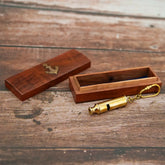

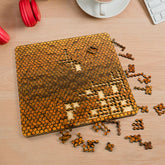

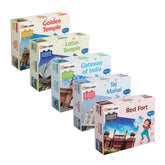

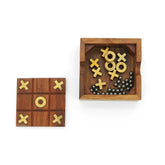

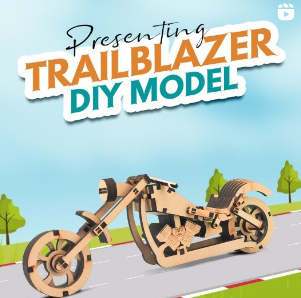

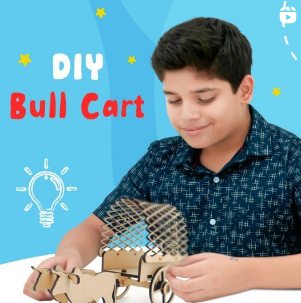
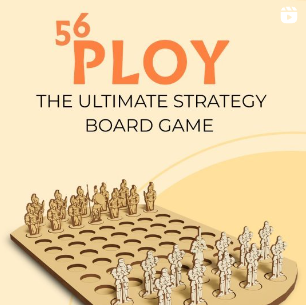

Leave a comment
Please note, comments need to be approved before they are published.